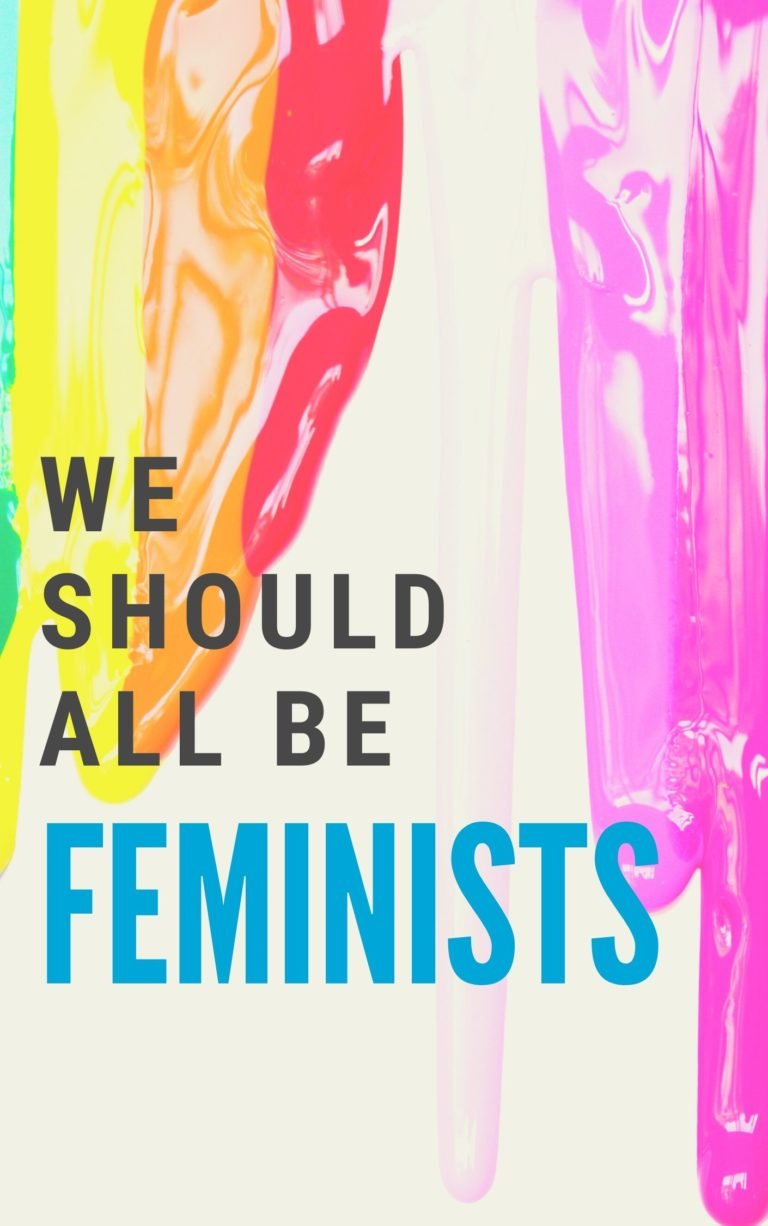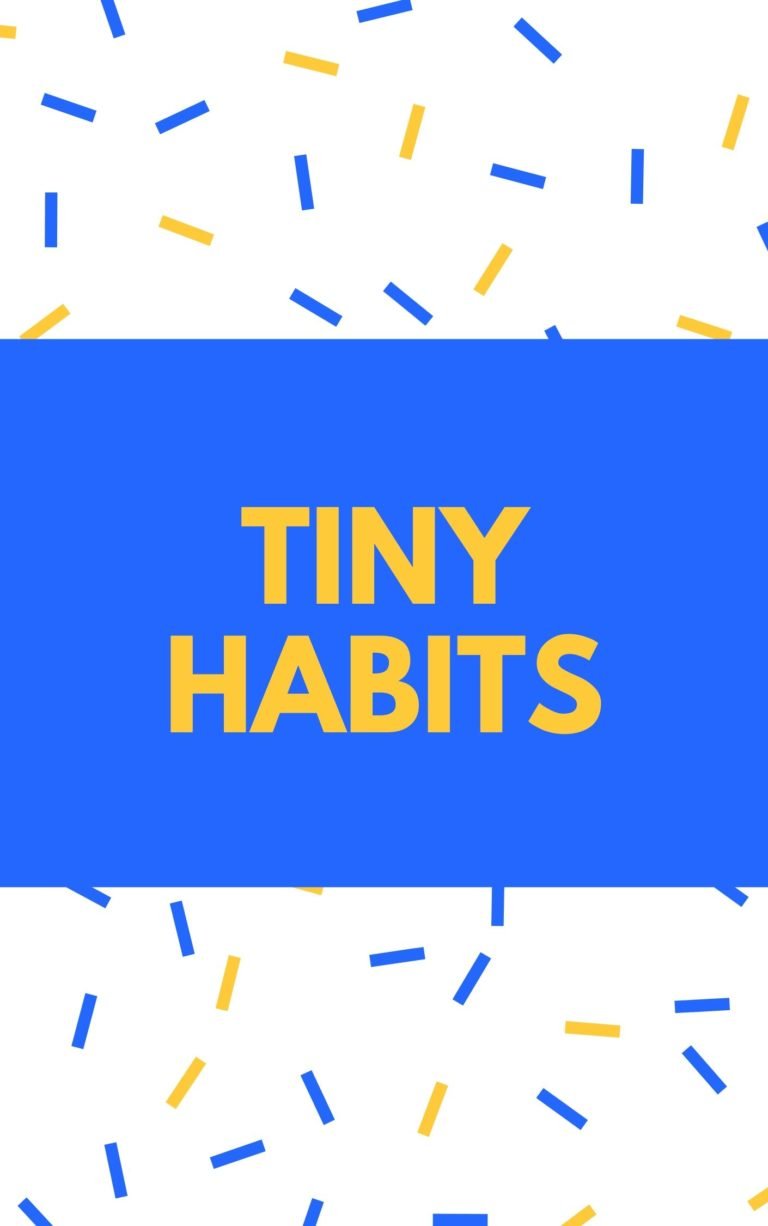Think Like a Freak
The Authors of Freakonomics Offer to Retrain Your Brain
Stephen J. Dubner and Steven Levitt
Rating: 8.2
“Over nine entertaining chapters, Levitt and Dubner demonstrate how not to fall into hackneyed approaches to solving problems and concretely illustrate how to reframe questions.”
-New York Daily News
Contents
Freaks do the unexpected
Where should a penalty taker shoot the ball in soccer? To the right? To the left? Where will the goalkeeper jump? Only 17 percent of the shooters aim precisely in the middle. That really seems like a bad idea because that’s exactly where the goalkeeper is, but according to statistics, it is the most successful. Sometimes it is useful to do the unexpected. However, a shot into the center bears the greatest risk of embarrassing yourself – namely if the goalkeeper simply stops and catches the ball. And this risk prevents most shooters from doing what is most likely to succeed.
The wrong answers
Saying “I don’t know” is like shooting the penalty directly at the goalkeeper. Whether politicians, managers, scientists, officials, employees – almost no one dares to utter these three words if you don’t know something. You don’t want to show yourself naked, show no weakness, don’t embarrass yourself. Instead, you orient yourself towards expectations, take assertions or pursue your own interests. Most of the time you get away with it because nobody checks the truth of the answers. In fact, however, stock market gurus, for example, are often no better than laypeople with their forecasts. In fact, experts often cannot make better predictions than random generators. In fact, companies sometimes spend a lot of money on advertising, but have no idea how effective an advertising medium is, and make no attempt to find out. In fact, awards for wines and restaurants sometimes have no meaning. As long as nobody critically asks and checks, this remains undetected. It is only when someone is not satisfied with claims whose truth they do not know that such wrong answers and incorrect knowledge can be exposed. The impulse for this is a “I don’t know”. Freaks have the courage to admit a knowledge gap, even if they tease it. They question knowledge that is believed and risk being branded as a heretic for it. It is only when someone is not satisfied with claims whose truthfulness he does not know that such incorrect answers and incorrect knowledge can be exposed. The impulse for this is a “I don’t know”. Freaks have the courage to admit a knowledge gap, even if they tease it. They question knowledge that is believed and risk being branded as a heretic for it. It is only when someone is not satisfied with claims whose truth they do not know that such wrong answers and incorrect knowledge can be exposed. The impulse for this is a “I don’t know”. Freaks have the courage to admit a knowledge gap, even if they tease it. They question knowledge that is believed and risk being branded as a heretic for it.
The right questions
To get the right answers, you have to ask the right questions. To do this, you should first have recognized the actual problem. It does not help much to improve the school performance of pupils among the teachers if the causes of the problems lie in the families and the children come to school with the corresponding deficits. So sometimes it makes sense to redefine a problem. There is an annual hot dog competition dinner in New York City. The record that was considered to be unrecoverable was 25 hot dogs in twelve minutes. In 2001, a young, slender Japanese took part and killed 50 hot dogs in the same period. What happened? He redefined the question “How do I eat more hot dogs?” In “How do I manage that hot dogs are easier to eat? ”and systematically developed a revolutionary technique. He ate sausages and rolls separately and also dipped the latter in a mixture of water and oil to improve the swallowing properties. He won the competition six times in a row. The new question led to innovative solutions. The Japanese also showed that there is no need to worry about supposed borders or barriers.
Persistence
Finding a new question for a correct answer is not so easy if there is already a wrong answer to the old question. Especially since fierce resistance from the beneficiaries of the old answer can be expected. For example, a stomach ulcer has always been the result of stress or spicy foods. Medicines and the pharmaceutical industry made billions from treating gastric ulcers. The usual treatment was ineffective. The Australian doctors Barry Marshall and Robin Warren came up with the ostensibly absurd idea that it could be a bacterial disease. They did not allow themselves to be dissuaded from the idea and the corresponding investigations, and even attempted to do so themselves. Thanks to their research, a stomach ulcer can now be easily cured with antibiotics.
Simplicity
To think like a freak, you should learn from children and try to keep childish features like curiosity, the pursuit of fun and simplicity for yourself. Since children have hardly any preconceived ideas and do not allow taboos to prohibit them from thinking, they are impartial and can ask clever questions with their own curiosity. Thinking the impossible can help change perspectives so that new opportunities or strategies are recognized. Freaks also enjoy what they do, they are motivated and committed to their work. Otherwise, the above-average work required for special services would hardly be achievable. Simplicity in turn begins with thinking in small dimensions. Even the smartest people have racked their brains over some difficult problems – and yet they haven’t solved it. It is better to focus on manageable sub-questions, to make progress here and thus to reduce the big problems. The simplest ideas are sometimes the best.
Incentives
Incentives are an important tool to get people to do what they want to do. They should, of course, be chosen with care, because if they are incorrectly designed they can trigger undesirable, even harmful, behavior. Incentives can be financial, moral or social, for example. In the first case, you are happy about a cash bonus, in the second, about the certainty of doing the right thing, in the third, about the gratitude of your fellow human beings. Some incentives address the herd instinct: the others have, do or want it too. However, it is difficult to find out what people respond best to in a given situation. Questioning them usually does not help because their information does not necessarily correspond with their actions or because they are not aware of certain motives or
“Sometimes it is the boldest of steps in life to go straight to the middle.”
However, recognizing and using such latent motifs can be a successful marketing strategy. Brian Mullaney broke new ground when he offered the once-and-done option to raise funds for his charity Smile Train, which brought a spectacular increase in donations. Many people found it pleasant that this option gave them a little more control. Mullaney’s courage to appeal to this latent motive – and also to ignore the tendency of the industry to keep donors as long as possible – paid off.
“Since almost no one has a strong incentive to follow up on everyone else’s inaccurate forecasts, it costs almost nothing to pretend that you know what will happen in the future.”
We are constantly moving between different interaction frames. There is the financial framework (buy, sell, trade), the “we against them” framework (war, competition), the “related party framework” (friends, relatives), the cooperative framework (work and club colleagues) ) and the “authority figure framework” (parents, teachers, police officers, superiors). Depending on the situation and the other party, we behave in accordance with the requirements of the framework and know the appropriate incentives. You don’t tip a friend for a favor. Leaving the right frame can be a bad faux pas – but it can also be unusually successful. Relationships between sellers and buyers usually belong in the financial framework. Internet shoe retailer Zappos, on the other hand, endeavored to maintain a friendly relationship with its customers and, through its unconventional call center (the jobs there are in great demand), established particularly personal relationships with customers, which was obviously well received. Zappos was thus bought at the largest online shoe store in the world and from Amazon in 2009.
“The key to learning is feedback. It is almost impossible to learn anything without feedback. ”
False incentives can do the opposite of what they intended. One speaks here of the “cobra effect”. The term goes back to an anecdote from colonial India. There, a Briton said that there were too many cobras in Delhi and offered a premium for every snake skin. But instead of catching cobras, the Indians started to breed them. And when the bonus was lifted, they released their cobras.
Sort out
Unorthodox methods can sometimes be helpful – and their author does not always appear in a good light. In any case, King Solomon had a reputation for cruelty when he suggested that two women fighting for a baby should cut the child up with a sword and give each half. In doing so, he managed to give the wrong mother away.
“If you want to convince someone who doesn’t want to be convinced, tell them a story.”
David Lee Roth of the rock group Van Halen underlined his prima donna image when it became known that during a tour there was a 53-page annex to the contract with an abundance of security specifications and conditions for the catering, in which he requested, among other things, that M & Ms, but definitely not brown, should be available as snacks. The real purpose of this supposedly over-the-top clause was that you could see with a glance into the chocolate dragee bowl whether the organizer had read the fine print carefully and would therefore also meet the other requirements of the show. Such tricks are tools from the freak arsenal. Those who use it want to be at least one step ahead of their opponent – sometimes without knowing who the opponent is. This should sort itself out.
Convince
Freaks sometimes have rather weird ideas. Because they usually cannot implement them without outside help, they have to convince others. But how do you convince people who don’t want to be convinced? What can you do to win others over? The problem is that most people have their own opinions. And that is largely not based on rational, but on irrational factors such as ideology or habit. Nobody likes to admit that, of course.
“Failure should not be considered a total loss. Failure can provide valuable feedback. “
Since every argument has its weak points, you should not assume that your argument is perfect. If you are still convinced of the idea – maybe a new technology – you should be open about weaknesses such as risks, uncertainties etc., acknowledge the strength of the counter-arguments, discuss them and give reasons why your technology is still superior to others. Of course, you should not belittle or insult your counterpart. The most convincing are good and appropriate stories with easy-to-understand messages.
Give up
Perseverance is important. For example, NASA did not give up its plan to have the “Challenger” space shuttle launched on January 28, 1986 – although technicians advised against launching because it was unusually cold and they feared that some sealing rings could become brittle and fail. 73 seconds after launch, the space shuttle exploded due to a failing sealing ring and killed the seven astronauts. Sometimes giving up is better, even though he has the smell of failure. In the case of the “Challenger”, it would have been just a postponement of the start and no giving up, but even Nasa did not want to be this nakedness. Whoever gives up is a loser, a coward, a slacker, it is often said.
“If failure is demonized, people will try to avoid it at all costs – even if it’s nothing more than a temporary setback.”
But, is this really the truth? What is a real freak has no problem giving up. On the contrary – he is happy about the opportunity to start again. If a chosen path turns out to be impractical, it is better not to complain about the money already invested, but to put the project on hold or to end and then devote yourself to other topics and projects. Giving up unreachable goals is even said to be good for health. Letting go clears your head.






